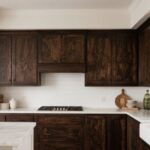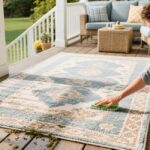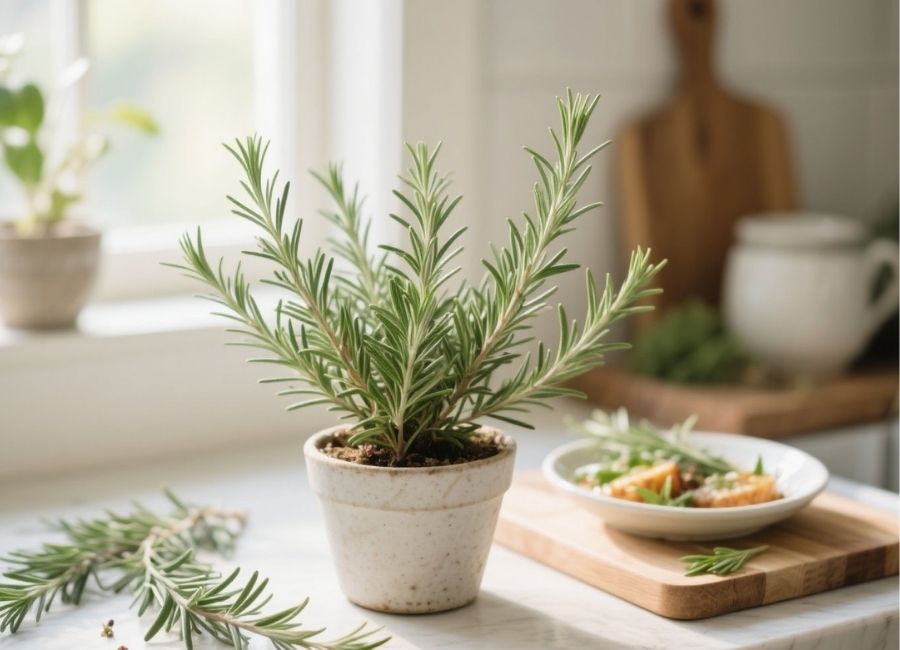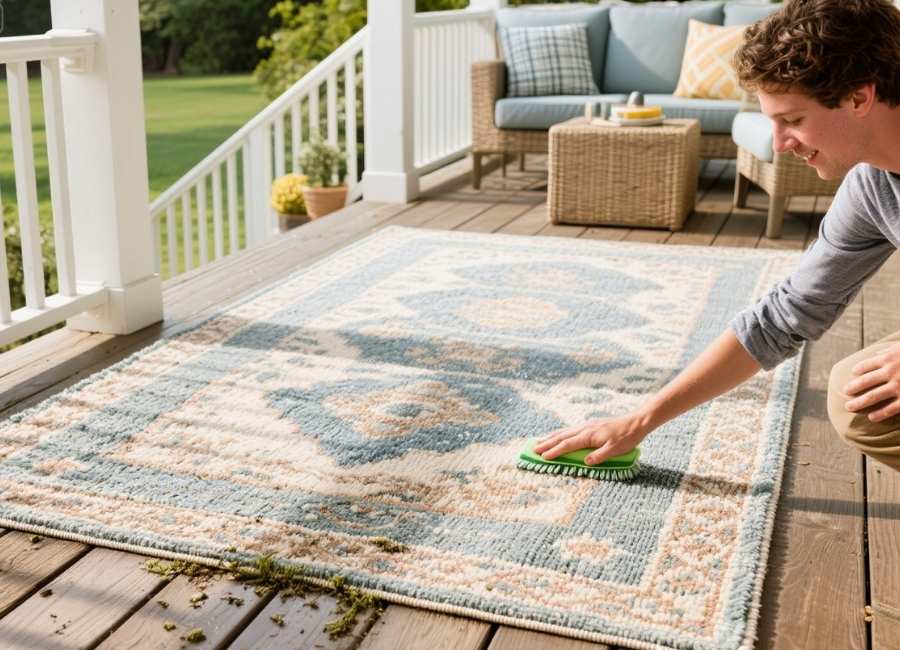Most people focus on colors, fabrics, and furniture style when designing a space. However, one key aspect often overlooked is traffic flow—how people move through a room. Whether you’re a homeowner looking to create a family-friendly living space, an interior designer working on your latest project, or a DIY enthusiast aiming to reorganize your home, understanding how furniture impacts traffic flow can completely transform the look and feel of a room.
This guide will walk you through practical strategies for arranging furniture to maximize functionality, improve flow, and elevate the overall experience of your space. By the end, you’ll know how to create a good layout that works seamlessly for everyone using the space.
What Is Traffic Flow and Why Does It Matter?

Traffic flow in interior design refers to the natural pathways people follow as they move through a space. When obstructed or poorly planned, this flow can make rooms feel cramped, chaotic, or uncomfortable. On the other hand, adequate traffic flow ensures that spaces are easy to navigate, functional, and inviting.
This concept matters because furniture placement isn’t just about aesthetics. Properly controlling traffic flow can:
- Make spaces more functional and user-friendly.
- Reduce the chances of accidents or collisions in busy areas.
- Enhance the overall atmosphere and usability of a room.
Now that we know why traffic flow is critical, we must explore how furniture can help shape it.
Strategy 1: Map Out Natural Pathways

Before you start rearranging furniture, identify your room’s natural pathways. These are the routes people are most likely to take when entering, exiting, or crossing the space. Common pathways often run:
- Between doorways.
- From seating areas to other functional zones, like dining tables or desks.
- To regions of high utility, such as kitchens or bathrooms.
Pro Tip:
Try walking through it usually to get a clear sense of the pathways in your space. Pay attention to where you instinctively go and whether anything—like furniture—feels like it’s “in the way.” This will give you a good idea of where the flow is working and where improvements are needed.
Practical Example:
If you’re working with a living room that connects to the kitchen, consider the path most frequently taken by family members. Ensure that large furniture like sofas or coffee tables doesn’t block this route.
Strategy 2: Anchor the Room with Large Furniture

When designing traffic flow, large furniture pieces like sofas, beds, or dining tables should act as “anchors.” These items naturally shape the room and influence how people move around them. Placing these pieces strategically can create logical pathways and zones within a space.
Tips for Placement:
- Position larger furniture against walls wherever possible to free up space in the center of the room.
- Avoid placing furniture directly in the path of high-traffic zones.
- Use area rugs under large furniture to visually define zones without creating physical barriers.
Example:
A sectional sofa placed at one end of a living room can anchor it. This naturally channels foot traffic behind it or along its edges instead of through the seating arrangement.
Strategy 3: Leave Adequate Walkways
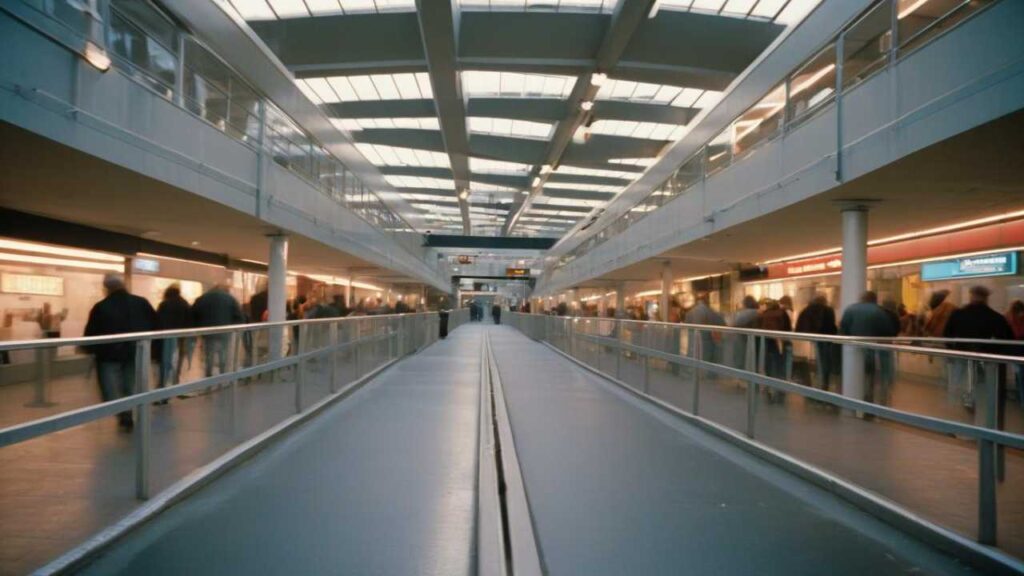
You’ll need to leave enough space for walkways to maintain proper traffic flow. Aim for 3 feet of clearance in high-traffic areas to allow comfortable movement. Smaller spaces may require adjustments, but even then, try to maintain a minimum clearance of 18–24 inches.
Quick Checklist:
- Between furniture pieces (e.g., a sofa and a coffee table): 18 inches.
- Primary pathways (e.g., entrances, exits): 3 feet or more.
- Around dining tables and chairs to accommodate movement while seated or standing up.
Adjustment for Small Spaces:
Use multipurpose furniture like ottomans with storage or foldable tables when working with smaller areas. This allows you to maximize functionality without compromising walkability.
Strategy 4: Use Furniture as Traffic Guides
Furniture can do more than occupy space—it can also direct traffic. By placing certain items intentionally, you can encourage movement in specific directions, creating natural pathways.
Ideas for Guiding Traffic:
- Use a console table behind a sofa in an open-plan layout to subtly separate the living and dining areas while guiding movement.
- Position a bookshelf or tall cabinet along a wall to block unnecessary cross-traffic through a seating zone.
- Arrange chairs or accent pieces at angles to “funnel” movement toward entrances or exits.
Example:
A narrow bench placed along one wall can benefit a small foyer. This not only provides seating but also ensures the path to the door remains clear and defined.
Strategy 5: Optimize for Different Activities
Rooms rarely serve a single purpose, so the traffic flow should adapt to multiple activities. Think about how people use the space at different times of the day or during specific events.
Tips for Multipurpose Layouts:
- Create separate zones for different activities, such as a reading nook and a workspace within a living room.
- Use moveable furniture like stools or nesting tables to rearrange as needed.
- Include clear sightlines between zones to make navigation intuitive and uninterrupted.
Example:
For a family room that doubles as a play area, arrange furniture so adults can quickly move between the kitchen and seating area while kids have a designated space for toys that don’t disrupt traffic flow.
Strategy 6: Adjust for Guests and Gatherings
Hosting people is another situation where traffic flow becomes crucial. Crowded spaces can quickly feel overwhelming if circulation isn’t factored in.
Hosting-Friendly Layout Ideas:
- Arrange seating in clusters that are open and easy to access.
- Leave space near entrances and exits for smooth entry and exit.
- Use lightweight or foldable chairs for gatherings that allow you to add or remove seating without disrupting the flow.
Example:
Clear the main pathway between the living room and the dining area during events. This keeps the traffic flowing smoothly without guests clustering in narrow spaces.
Bonus Tip: Reflect Flow with Décor
Not all traffic flow solutions come from rearranging furniture. Décor elements like lighting and rugs can also influence how people move through a space. For example:
- Hanging a pendant light over the dining table draws people toward it as a focal point.
- Placing a runner rug along a hallway visually emphasizes the pathway.
Subtle Enhancements:
Use mirrors on walls opposite windows to create the illusion of extended space. This can also psychologically open up narrow walkways, making them feel less restrictive.
Create a Room that Works for You
Controlling traffic flow with furniture isn’t just about creating a functional room—it’s about enhancing how you live, work, and connect in your space. By mapping out pathways, anchoring rooms, and aligning the design with daily activities, you can unlock a new level of comfort and usability in any home area.
Whether you’re rethinking your living room for daily relaxation or redesigning your dining area to host memorable dinners, thoughtful furniture placement can’t be overstated. If you’re ready to begin, grab a notepad, start mapping your space, and don’t hesitate to get creative.


